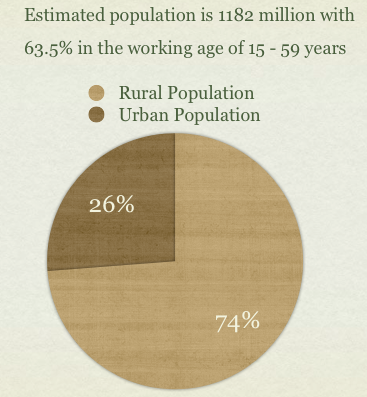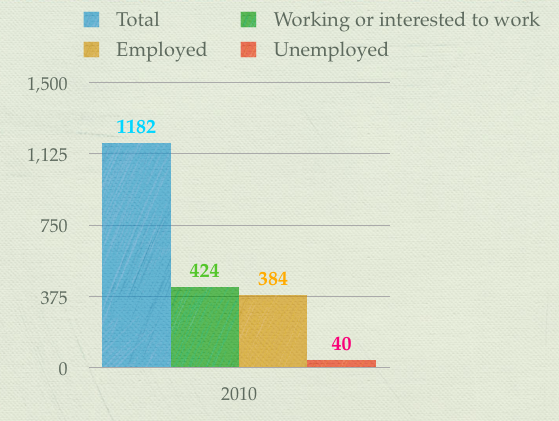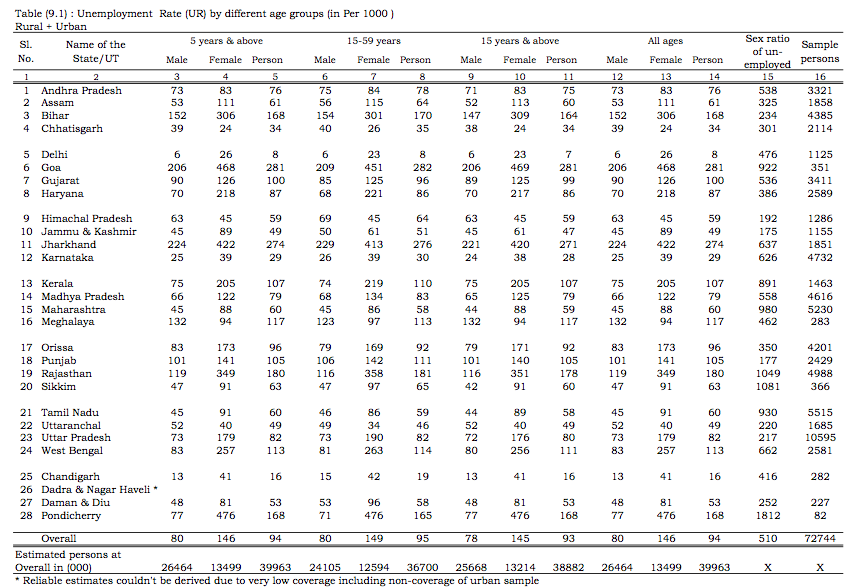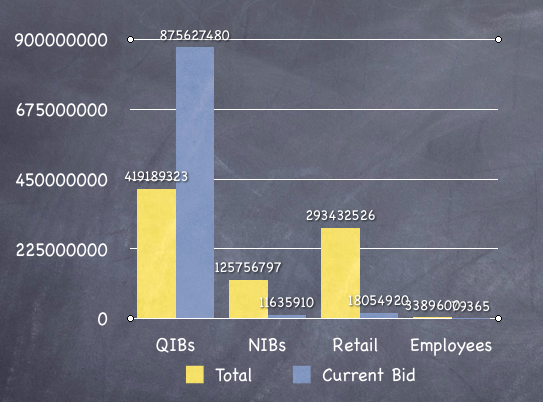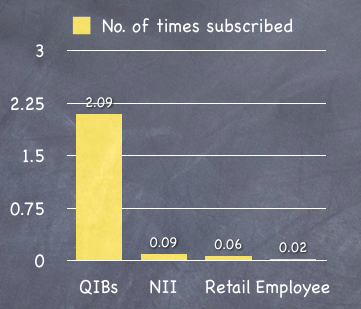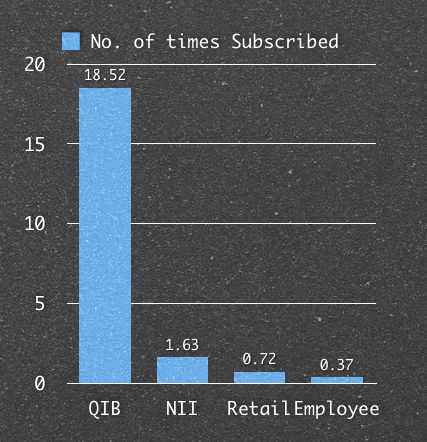Monthly Income Plans (MIPs) are gaining in popularity, and they came up in Miteysh Shah’s post and the comment section too, so I thought I’d do an introductory post about them with a list of available MIPs for Indian investors. Before we get to the list of MIPs, here are some things about them that you should keep in mind.
1. Monthly Income is not guaranteed: The first thing to know about Monthly Income Plans (MIPs) is that the monthly income is not guaranteed. They strive to provide you with a monthly income, but it’s not guaranteed, and depends on how well the fund is doing.
2. Primarily debt – funds: These funds primarily invest in debt with a small allocation in equity, and sometimes even in gold. So, if you are going to compare returns with another fund it should be a debt fund, hybrid favored towards debt or just a plain fixed deposit.
3. Most MIP funds have exit load if the exit is within a year: MIPs have no exit loads if you hold them for over a year, however they do have an exit load if you decide to exit in less than a year.
4. Returns can be negative: Since I compared this to a debt instrument I thought I’d specifically state that the returns on these funds could sometimes be negative also, so like other mutual fund investments it’s better to have a long-term perspective on MIPs also.
5. TDS on MIP: There is no TDS on MIP, but as I wrote earlier this doesn’t mean that there is no tax altogether.
6. Dividend tax free in the hands of investors: The mutual fund needs to pay a dividend distribution tax, but the dividend itself is tax free in the hands of investors. So, the tax impact is shown in the NAV.
7. Capital Gains tax is also applicable to MIPs: MIPs also attract both long term and short-term capital gains as applicable on your holding period.
Before you get to the table listing the MIPs – let me talk about the two parameters I am using here, and why I’m using them.
1.Inception Date: The inception date shows you how long the fund has been around, and the longer the track record the better it is.
2.Compounded Annualized Returns since Inception: These returns are not comparable from one fund to another because different funds started at different times, and I am using the annualized returns since inception. The benefit of having this return is it can be viewed in conjunction with the inception date to see how long a track record a particular MIP has, and how has it performed in the given period, so that’s the reason I’ve kept it here.
With these points in mind – here is a partial list of the Monthly Income Plans currently offered in India.
| S.No. | Name of the Fund | Inception Date | Compounded Annualized Returns since inception |
| 1 | HDFC MF Monthly Income Plan | December 26 2003 | 12.94% |
| 2 | HSBC MIP | March 24 2004 | 8.53% |
| 3 | Birla Sunlife MIP | October 11 2000 | 10.07% |
| 4 | Franklin Templeton India Monthly Income Plan | September 28 2000 | 11.02% |
| 5 | ING MIP Fund | February 23, 2004 | 5.86% |
| 6 | Kotak Income Plus | December 2, 2003 | 6.65% |
| 7 | ICICI Prudential Monthly Income Plan | November 10, 2000 | 9.64% |
| 8 | Reliance Monthly Income Plan | January 13th 2004 | 12.11% |
| 9 | SBI Magnum Monthly Income Plan | April 09, 2001 | 7.54% |
| 10 | Sundaram Monthly Income Plan Moderate | January 2004 | 6.80% |
| 11 | UTI MIS Fund | December 16, 2003 | 8.64% |
| 12 | Canara Robeco MIP | April 4, 1998 | 10.31% |
| 13 | Tata MIP Plus | January 27, 2004 | 7.44% |
| 14 | Principal Monthly Income Plan | December 30 2003 | 9.66% |
| 15 | Bharti AXA Regular Return Fund | March 18, 2009 | |
| 16 | Taurus MIP Advantage Fund | NFO closed on July 23 2010 | |
| 17 | Religare MIP Plus | NFO closed on 11th May 2010 | |
| 18 | Religare MIP | NFO closed on 11th May 2010 |
I have tried to include as many MIPs as I could find, and I think I have included all the older ones, but if you see any missing then please leave a comment. I will continue building on this list as I get details on more MIPs.


